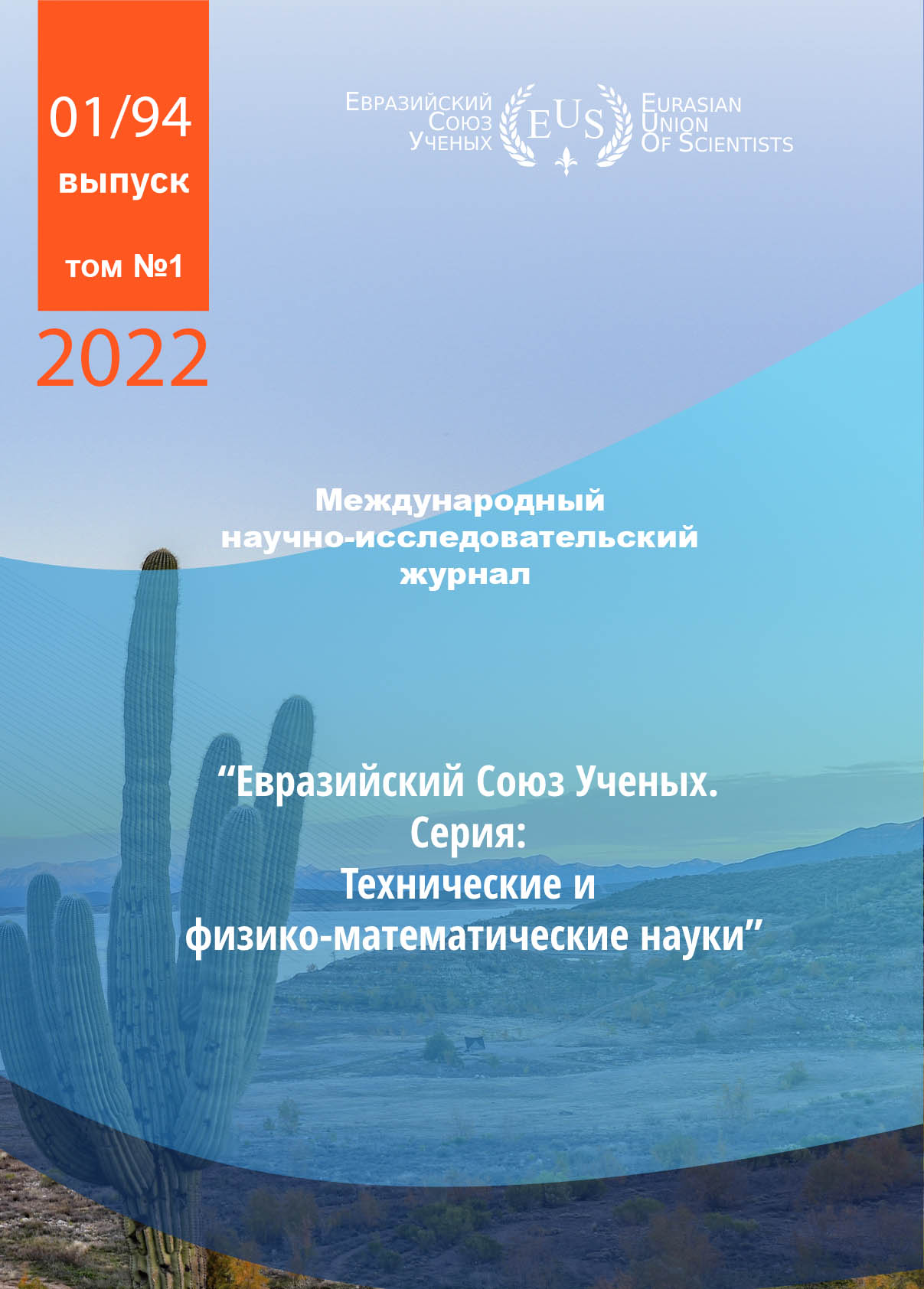DIRECTION FINDING METHODS FOR RADIO EMISSION SOURCES IN A MULTI-CHANNEL SDR RECEIVER
Keywords:
Direction finding, SDR-receiver, synchronization.
Abstract
The methods of direction finding of radio emission sources used in a multichannel SDR receiver are
considered. To test the performance of the methods, DOA algorithms were implemented in the GNU radio and
Matlab environments.
References
[1]Ashihmin, A. V.; Koz'min, V. A.; Negrobov, V. V., Pasternak, Ju. G.; Rembovskij, Ju. A. Analiz perspektivnyh napravlenij razvitija metodov ocenki uglovyh koordinat istochnikov radioizluchenija. Vestnik Voronezhskogo gosudarstvennogo tehnicheskogo universiteta, T. 5, № 9, 2009. URL: http://cyberleninka.ru/article/n/analiz-perspektivnyhnapravleniy-razvitiya-metodov-otsenki-uglovyhkoordinat-istochnikov-radioizlucheniya.
[2]Rembovskij A.M.. Lshihmin A.V.. Koz'min V.A. Radiomonitoring: zadachi, metody, sredstva/Pod redakciej A.M. Rembovskogo. - M: Gorjachaja linnja-Telekom. 2006. -492 s.
[3]A. Vesa, “Direction of arrival estimation using music and root-music algorithm,” in 18th Telecommunication forum TELFOR, November 2010.
[4]X. Gu and Y. H. Zhang, “Resolution threshold analysis of music algorithm in radar range imaging,” Progress In Electromagnetics Research B, vol. 31, pp. 297–321, 2011.
[5]Moskalec N. V. Sravnitel'nyj analiz metodov ocenki napravlenija prihoda signalov / N. V. Moskalec // Radiotehnika: Vseukrainskij mezhvedomstvennyj nauch.-tehn. sbornik № 188 / Har'kov, 2017.
[6]Blossom E. GNU Radio: Tools for Exploring the Radio Frequency Spectrum. Linux Journal. URL: http://www.linuxjournal.com/article/7319 (data obrashhenija 20.09.2018).
[2]Rembovskij A.M.. Lshihmin A.V.. Koz'min V.A. Radiomonitoring: zadachi, metody, sredstva/Pod redakciej A.M. Rembovskogo. - M: Gorjachaja linnja-Telekom. 2006. -492 s.
[3]A. Vesa, “Direction of arrival estimation using music and root-music algorithm,” in 18th Telecommunication forum TELFOR, November 2010.
[4]X. Gu and Y. H. Zhang, “Resolution threshold analysis of music algorithm in radar range imaging,” Progress In Electromagnetics Research B, vol. 31, pp. 297–321, 2011.
[5]Moskalec N. V. Sravnitel'nyj analiz metodov ocenki napravlenija prihoda signalov / N. V. Moskalec // Radiotehnika: Vseukrainskij mezhvedomstvennyj nauch.-tehn. sbornik № 188 / Har'kov, 2017.
[6]Blossom E. GNU Radio: Tools for Exploring the Radio Frequency Spectrum. Linux Journal. URL: http://www.linuxjournal.com/article/7319 (data obrashhenija 20.09.2018).
Published
2022-02-17
How to Cite
Nguyen, Tien Thai, and Van Hai Nguyen. 2022. “DIRECTION FINDING METHODS FOR RADIO EMISSION SOURCES IN A MULTI-CHANNEL SDR RECEIVER”. EurasianUnionScientists, February, 08-12. https://fizmat-tech.euroasia-science.ru/index.php/Euroasia/article/view/798.
Section
Article
CC BY-ND
A work licensed in this way allows the following:
1. The freedom to use and perform the work: The licensee must be allowed to make any use, private or public, of the work.
2. The freedom to study the work and apply the information: The licensee must be allowed to examine the work and to use the knowledge gained from the work in any way. The license may not, for example, restrict "reverse engineering."
2. The freedom to redistribute copies: Copies may be sold, swapped or given away for free, in the same form as the original.





